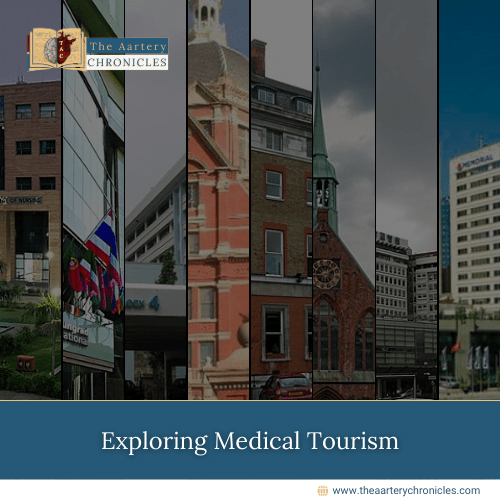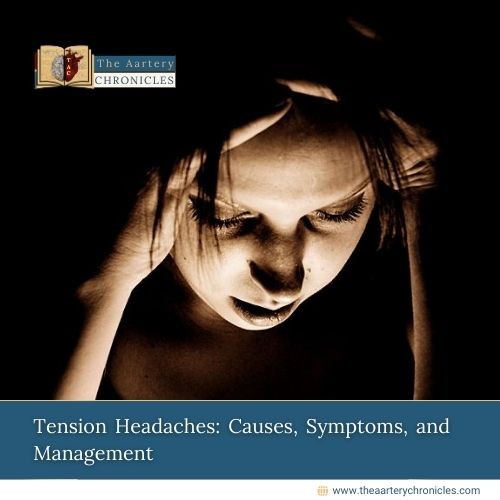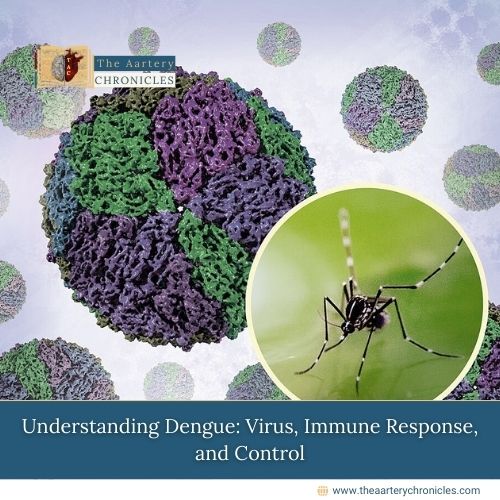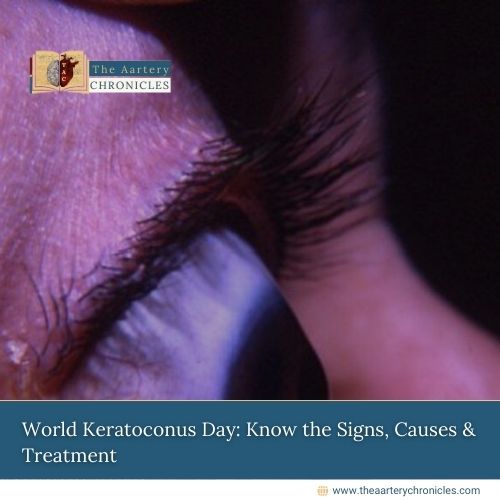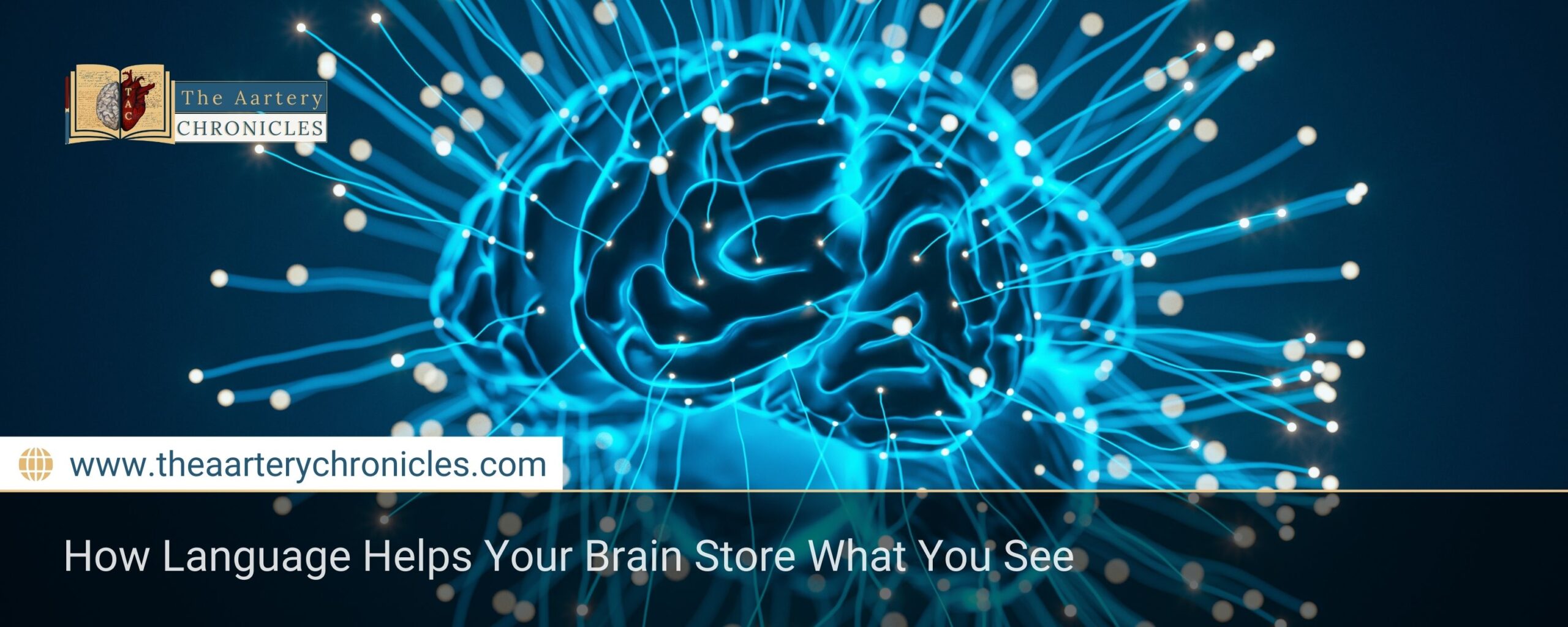
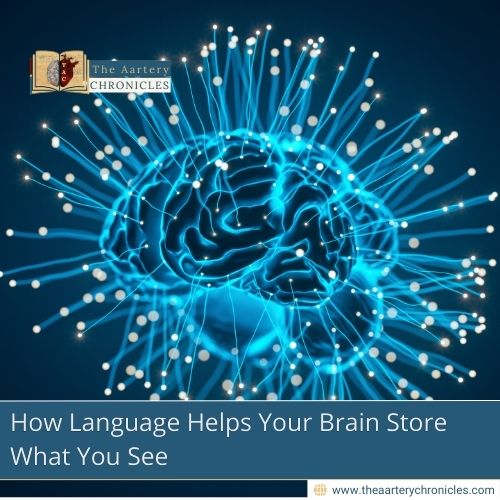
How Language Helps Your Brain Store What You See
Summary: A new study reveals that language doesn’t just help us talk, it helps our brain store and understand what we see. Specifically, strong brain connections between visual and language regions help us remember features of everyday objects, like the yellow color of a banana. Stroke patients with damage to these connections struggle to recall such details, offering a deeper look into how language and vision shape memory.
Did You Know? Language Helps Your Brain See Better
When we think about language, we usually picture talking, writing, or texting. But did you know that language also significantly affects how your brain stores visual memories?
A fascinating new study, published in PLOS Biology by Bo Liu and team at Beijing Normal University, uncovers a powerful link between language and visual memory. It turns out that the brain’s ability to store and recall features of familiar objects, like the color of a banana, isn’t just about vision. It heavily relies on how well your visual and language brain systems communicate.
Let’s dive into how this works and why it matters, especially for patients recovering from a stroke.
Seeing vs. Knowing: What’s the Brain Really Doing?
When you see a banana, your brain’s visual centre, the ventral occipitotemporal cortex (VOTC), lights up. But here’s the twist: the same area activates when you just think about a banana and know that it’s yellow.
But that’s not the whole story. Regions associated with language, like the dorsal anterior temporal lobe (ATL), also get involved. Patients with dementia-related ATL damage often struggle with object colour knowledge, even though their vision is normal.
So clearly, remembering the “yellowness” of a banana isn’t just a visual task, language is deeply involved.
Stroke Study: Testing the Brain's Wiring
To test how language and vision areas work together, researchers studied 33 stroke patients and compared them with 35 healthy individuals.
Here’s what they did:
- Participants were asked to match familiar objects to their usual colours.
- Brain scans (fMRI) were used to observe brain activity.
- Diffusion imaging mapped the white matter pathways connecting visual and language areas.
The Result?
- Patients with stronger neural connections between their language and visual regions better identified the correct object colours.
- Those with weaker connections, often due to stroke damage, struggled with even basic colour-object associations.
Language: More Than Just Talking
The study’s lead researchers summarise it perfectly:
“Our findings reveal that the brain’s ability to store and retrieve object perceptual knowledge, like the colour of a banana, relies on critical connections between visual and language systems. Damage to these connections disrupts both brain activity and behaviour, showing that language isn’t just for communication, it fundamentally shapes how sensory experiences are neurally structured into knowledge.”
So, What Does This Mean for You?
This study offers more than just brain trivia. It has big implications for:
- Stroke rehabilitation: Focusing on restoring connections, not just isolated functions.
- Cognitive therapies: Addressing how language can reinforce sensory memory.
- Education & learning: Using language-based cues to improve memory recall.
Conclusion: Your Brain Talks to Itself And That’s a Good Thing
Language isn’t just something you use to talk. It’s a core part of how your brain understands and stores the world around you.
This groundbreaking research shows that vision and language aren’t separate systems. They’re deeply intertwined. The better they connect, the stronger your object memory becomes, even for something as simple as knowing that bananas are yellow.
Inputs from various media sources.
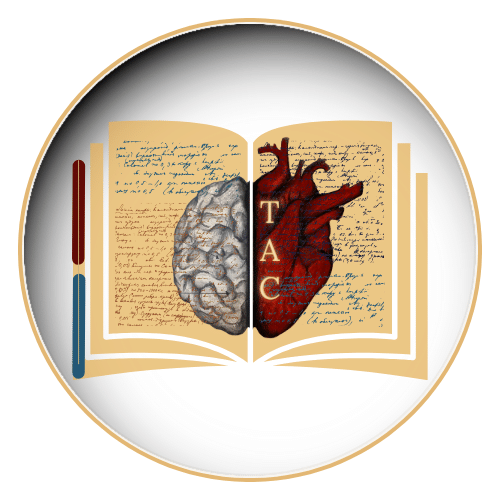
Dane
I am an MBBS graduate and a dedicated medical writer with a strong passion for deep research and psychology. I enjoy breaking down complex medical topics into engaging, easy-to-understand content, aiming to educate and inspire readers by exploring the fascinating connection between health, science, and the human mind.

